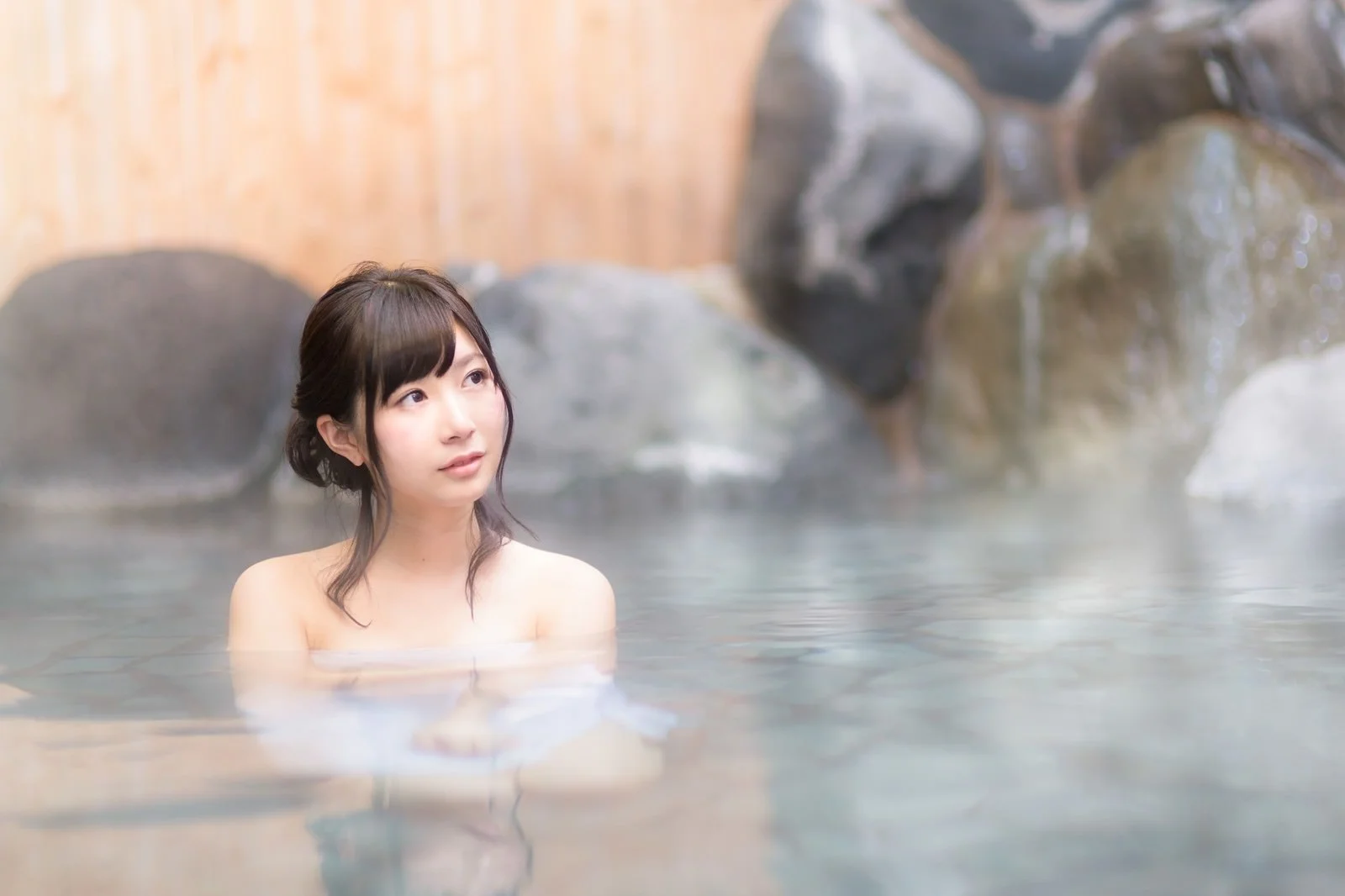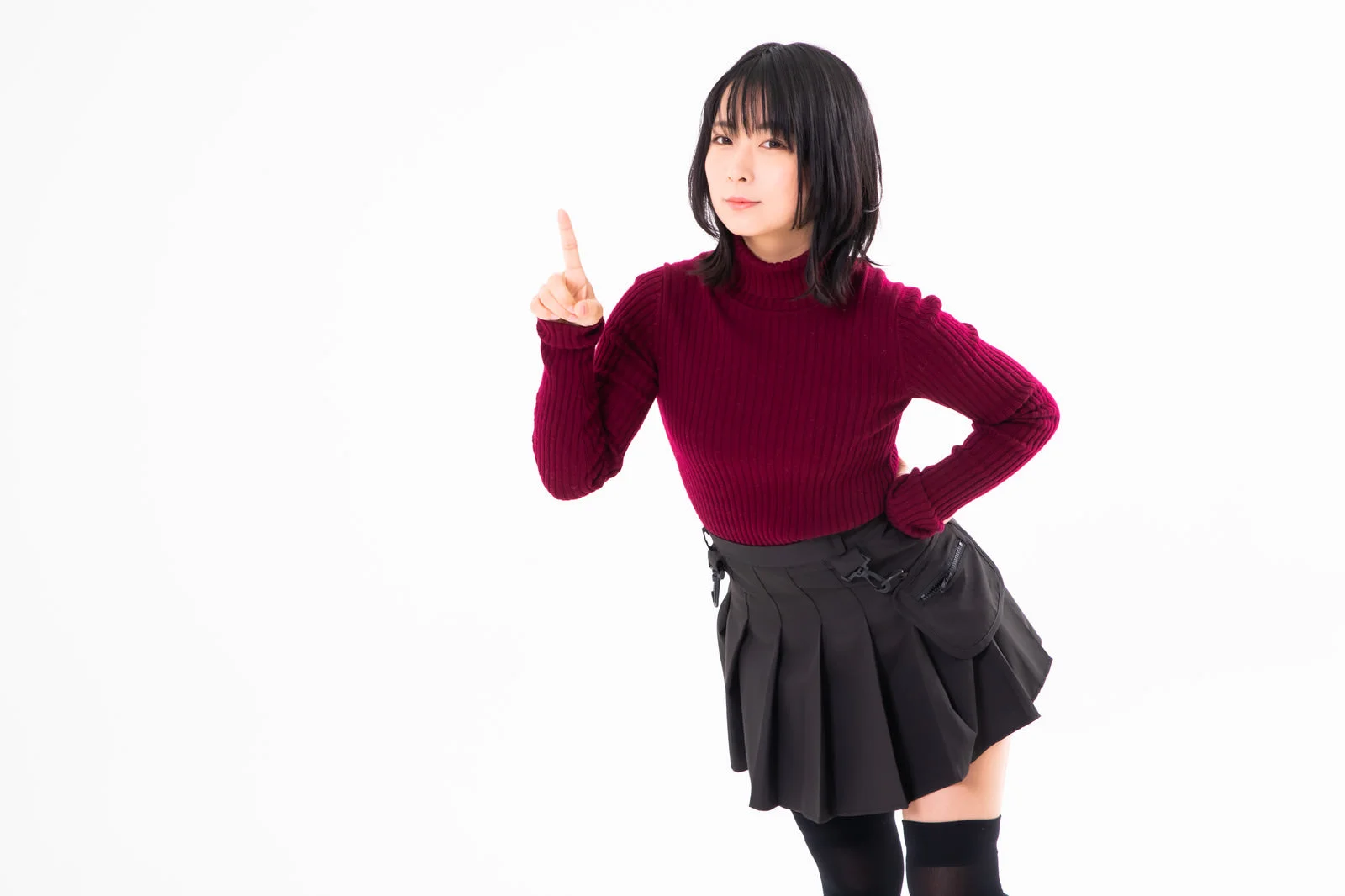If you spend time walking through Japan’s entertainment districts—areas like Kabukichō in Tokyo or Susukino in Sapporo—you might see neon signs advertising something called a “Soapland.” At first glance, the name sounds harmless, almost like an amusement park or a spa. In reality, however, a Soapland is a type of adult entertainment business where male customers receive intimate services from female attendants in a private bath and room setting.
The experience typically combines bathing, massage, and sexual intimacy. Soaplands are unique to Japan and have a long history connected to the country’s approach to regulating sex work. While they are well-known among Japanese locals, they are often confusing or mysterious to foreign visitors, partly because many establishments do not accept non-Japanese customers.
A Short History
Soaplands developed in the mid-20th century, after prostitution was officially banned in Japan in 1956 under the Anti-Prostitution Law. The law had a very narrow definition of prostitution—it only banned sexual intercourse for money. Other erotic services, like bathing assistance, body massage, or oral sex, were not included.
Former brothels adapted to this law by rebranding themselves as bathhouses where intimacy could “happen naturally” between the worker and the client. Over time, these bathhouses became known as Soaplands. The name comes from the idea of a land of soap and bubbles—a playful euphemism that allowed the businesses to market themselves without using explicit words.
Today, Soaplands are part of Japan’s adult entertainment industry and are found mainly in special nightlife districts that tolerate such businesses.
What Happens Inside a Soapland?
While each establishment has its own style, most Soaplands follow a similar process:
- Reception and Selection
Customers enter the reception area, where they can view photos or a lineup of available attendants. In higher-end places, staff may introduce each woman politely. Customers then choose their companion for the session. - Payment
Payment is made before the service begins. Prices vary depending on the location and the class of the Soapland. A standard 70–90 minute session might cost anywhere from ¥20,000 to over ¥60,000 (roughly $150–450 USD). Luxury Soaplands can be even more expensive. - Private Room and Bathing Ritual
Inside the private room, the experience begins with bathing. The attendant washes the customer’s body, often using a large inflatable mat covered in soap. A signature feature is the “body-to-body” massage, where the attendant uses her own body with soap to massage the customer. - Erotic Services
After bathing and massage, the session usually progresses to more intimate activities. Officially, Soaplands advertise only bathing and companionship, but in practice, many include sexual services. This is part of the legal “gray zone” that Soaplands occupy. - Clean-up and Farewell
At the end of the session, the attendant helps the customer clean up, and the client exits discreetly. Privacy and discretion are considered very important.
Can Foreign Tourists Visit?
This is one of the most common questions asked about Soaplands. The answer is: it depends, but usually no.
Many Soaplands do not accept foreign customers, for several reasons:
- Language barrier – Most staff and attendants do not speak English, making communication difficult.
- Legal concerns – If there are problems, establishments worry about misunderstandings or police involvement.
- Cultural differences – Soaplands follow Japanese customs of discretion and ritual, which may not be intuitive for foreigners.
There are a few exceptions—some Soaplands in larger cities may allow foreign men if they speak Japanese, show ID, and behave respectfully. However, it is never guaranteed. Tourists curious about Soaplands often find it easier to learn about them through guides, documentaries, or articles rather than direct experience.
The Legal “Gray Zone”
On paper, Soaplands are bathhouses that provide bathing assistance and companionship. If sex happens, it is described as a private arrangement between two adults, not part of the official service. This legal fiction is how Soaplands survive under Japanese law.
Police generally tolerate Soaplands as long as they follow regulations, pay taxes, and operate in designated entertainment districts. However, scandals or violations can lead to crackdowns. For tourists, it’s important to understand that this is a sensitive area of Japanese law and culture.
Cultural Significance
To many Japanese men, a Soapland visit is considered a luxury—a private, indulgent experience that combines the relaxing culture of bathing with intimacy. Cleanliness, discretion, and ritual are emphasized. Unlike street prostitution, which carries social stigma, Soaplands are seen as more controlled and respectable within the adult industry.
For outsiders, Soaplands are often surprising. The mix of soap, bathing, and eroticism reflects Japan’s unique way of adapting sexual services to cultural traditions and legal limits. They are often depicted in films, TV dramas, and novels as part of Japan’s hidden nightlife.
Things Tourists Should Know
If you are visiting Japan and are curious about Soaplands, here are some key points:
- Most Soaplands do not accept foreigners. Don’t be offended—it’s usually about language and legal concerns.
- Photography is forbidden. Discretion is essential.
- Prices are high. Even locals consider Soaplands a luxury.
- Alternatives exist. Tourists might find other adult entertainment options (such as themed hostess bars or massage parlors) that are more open to foreigners.
- Respect local culture. Japan’s adult entertainment industry is deeply tied to social norms about privacy, politeness, and discretion.
Conclusion
Soaplands are a uniquely Japanese form of adult entertainment, blending bathing rituals with intimacy in a way found nowhere else in the world. They grew out of legal loopholes after prostitution was banned, and today they remain an iconic—though often secretive—part of Japan’s nightlife.
For most tourists, Soaplands are something to learn about rather than directly experience. But understanding what they are offers a fascinating window into Japan’s history, laws, and cultural approach to sex and discretion.


